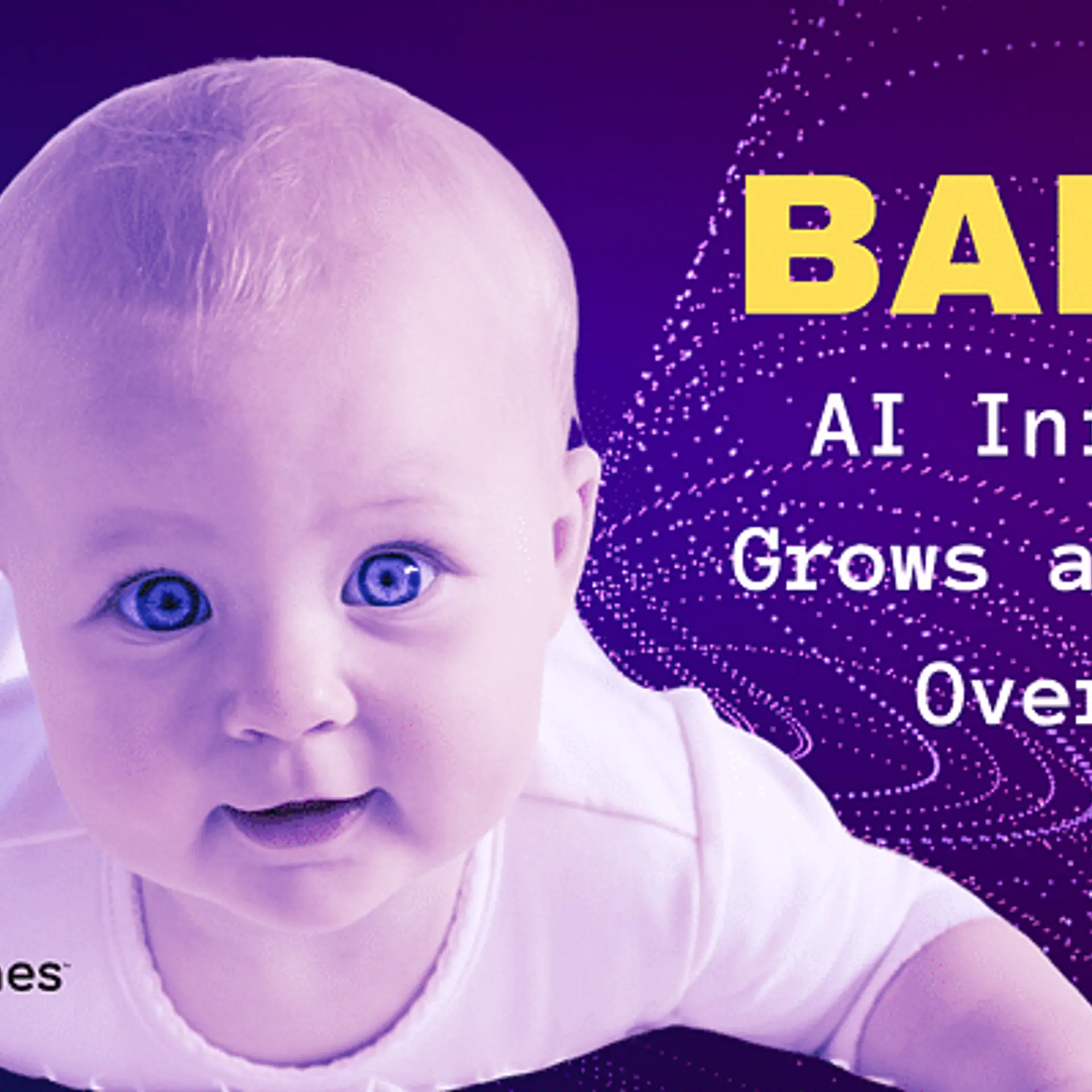Neo Banking: The next banking revolution for businesses
In 2018, the global neobank sector was worth $18.6 billion, and is estimated to expand between 2020 and 2026 at a compounded annual growth rate (CAGR) of about 46.5 percent, generating approximately $394.6 billion by 2026 as per data released by Zion Market Research.
Neo banking is a form of virtual bank that works completely online instead of operating services in physical branches. Neo banking offers a full experience in digital banking through smartphone applications.
Neobanks offer options in areas that conventional banks do not, with the key focus of offering smooth customer service. These banks are faster, cheaper, and work in a single platform with the entire financial portfolio.
Some of the financial services offered by neo banks include:
- Accounts creation
- Payment and money transfer
- Loans
- Additional services like budgeting, etc.
Neobanks are often mistaken for digital banks. It may seem similar to the way they offer online banking services, but there’s one fundamental difference.
Although digital banks are the online-only subsidiary of an existing and controlled player in the banking sector, neobanks exist online only, without any physical branches, and operate independently or in collaboration with traditional banks.
Here are the services offered by neobanks:
Advanced security
One of the main areas of concern for clients using digital banking products is security. Data security laws enable banks and financial institutions to secure unauthorised access to customer information.
To ensure that users can run their accounts in total privacy, fintech applications have several redundancies built-in. Apart from this, neobanks have introduced advanced role-based access control and two-factor authentication so that ransomware attacks in their applications can be avoided.
Easy, fast, and convenient
As traditional banks require their customers to visit the branch several times to open an account or any other financial services, neobanks can complete the process on the go! There is absolutely no distinction between the two in terms of the overall time you would expect to spend at a branch.
Customers end up spending an average of almost 7.5 hours performing account opening formalities in a bank branch, according to a study by the Reserve Bank of India (RBI). This involves time spent filing paperwork, gathering documentation, and getting them checked by the clerical staff of the bank.
Seamless payments gateway
There is still this line with conventional banks that separates how we deal nationally and globally. We will need to update the existing debit/credit card or get a brand new international transaction card.
Neo banks overcome that limitation and allow current exchange rates to be transacted nationally and internationally.
Lower charges
Low fees, as discussed above, are important requirements that clients are searching for today. As per labor and rent paid for managing ATMs and branches, conventional banks have high operational costs. In the form of fees for services such as account statements, checkbooks, transaction alerts, debit/ credit cards, etc., these costs are passed on to consumers.
Whereas to maintain security such as transaction alerts and data are important, the average customer ends up paying fees on an average basis.
Offering and experience
Compared to traditional banks providing big-ticket car loans, home mortgages, and business services, neobanks currently offer a limited range of product offerings. Neo banking service model is faster and provides seamless customer service to enhance their domain expertise.
Round the clock assistance
Neobanks provide round-the-clock customer support to their customers with the help of chatbots and Robo advisors that provide automated support to customers based on their transaction history.
Artificial Intelligence-based software allows neobanks to meet all the customer requirements and provide personalised solutions that best fit their needs.
Conventional banks provide integrated customer service, and they believe in ‘one-size-fits-all’ approach. To offer personalised solutions, relationship managers at brick and mortar banks seldom build enough relationships with customers to better understand their financial needs.
Value-based services
Neobanks use AI with account information, customer information, trends, etc., and recommend other customer financial services as per their needs. Neobanks leverage client earnings, recommend demographic-based programmes, and make it easy for clients to make their own investment choices.
The bottom line
In India, neobanks are now rising and disrupting traditional models of banking. In a relatively short amount of time, their demand has risen, and they have become the future of banking.
Neobanks have also started playing a crucial role in making India digital and providing customers with an analytical-oriented, detailed, and all in one form of banking experience. There is now need to invest in AI and ML to make more informed decisions and provide better customer experience.
Traditional banks will exploit their size to deliver a digitised suite of services to customers by finding opportunities in the digital world. Neobanks, on the other hand, will circumvent licensing constraints to further innovations.
Edited by Megha Reddy
(Disclaimer: The views and opinions expressed in this article are those of the author and do not necessarily reflect the views of YourStory.)








